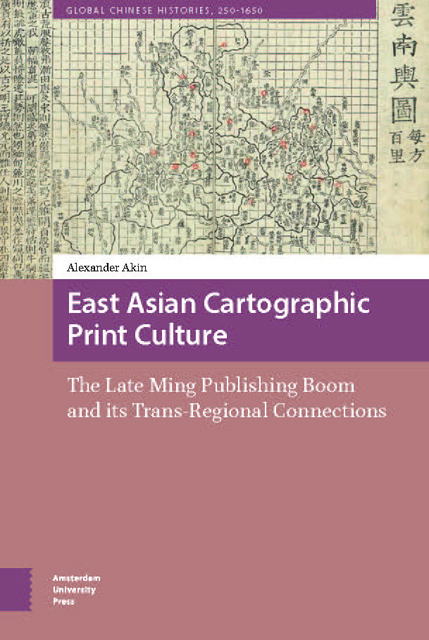 East Asian Cartographic Print Culture
East Asian Cartographic Print Culture Book contents
- Frontmatter
- Table of Contents
- Acknowledgments
- Introduction
- 1 Printed Cartography in the Late Ming: Old Typologies, New Audiences
- 2 Chinese Historical Cartographies: Mapping the Past
- 3 The Jesuits as Participants in the Late Ming Publishing Boom
- 4 Chosŏn Cartography in a Trans-regional Context
- 5 Japanese Cartography between East and West
- Conclusion
- Appendices
- Bibliography
- Index
Appendix 4: Translation of the Sancai tuhui’s adaptation of the Ricci preface (Chinese text follows)
Published online by Cambridge University Press: 12 January 2023
- Frontmatter
- Table of Contents
- Acknowledgments
- Introduction
- 1 Printed Cartography in the Late Ming: Old Typologies, New Audiences
- 2 Chinese Historical Cartographies: Mapping the Past
- 3 The Jesuits as Participants in the Late Ming Publishing Boom
- 4 Chosŏn Cartography in a Trans-regional Context
- 5 Japanese Cartography between East and West
- Conclusion
- Appendices
- Bibliography
- Index
Summary
The land and the sea are basically round in shape, and together they form a globe, which is situated in the celestial sphere like the yolk of a chicken’s egg is suspended in the white. It has been said that the earth is ‘fang (方),’ but this refers to its being fixed and immobile, not to a [square] shape.
The heavens envelop the earth and they mutually correspond. Therefore the heavens have two poles, south and north, and the earth does as well. The heavens are divided into 360 degrees, and the earth is too. In the middle of the heavens lies the equator. South from the equator 23.5 degrees lies [the Tropic of Capricorn, while 23.5 degrees to the north of the equator lies] the Tropic of Cancer. Thus, the Middle Kingdom is north of the Tropic of Cancer.
When the sun moves over the equator, day and night are equal. When it moves south of the equator, the day is shorter. When it moves north of the equator, the day is longer. Thus the celestial sphere has an equator in the middle, and two circles of short day (Tropic of Capricorn) and long day (Tropic of Cancer) to the south and north, determining the way the sun circumnavigates the terrestrial globe in its orbit. Likewise, the globe of earth has three corresponding lines.
Investigation shows that for someone walking due north, each 250 li traveled brings the north pole higher by one degree and the south pole lower by one degree. For one walking due south, each 250 li traveled brings the north pole lower by one degree and the south pole higher by one degree. This proves not only that the form of the earth is round, but furthermore that 250 li equal one degree. Thus one circuit of the earth, whether going east-west or north-south, really adds up to 90,000 li. Whether going north-south or east-west, they are equivalent with no objective difference.
Now, the earth has a thickness (diameter) of 28,636.36 li. It is inhabited on all sides, whether above or below. To put it simplistically, a sphere originally has no up or down. Is there anywhere in the world where one does not look up to see the sky?
- Type
- Chapter
- Information
- East Asian Cartographic Print CultureThe Late Ming Publishing Boom and its Trans-Regional Connections, pp. 282 - 287Publisher: Amsterdam University PressPrint publication year: 2021


